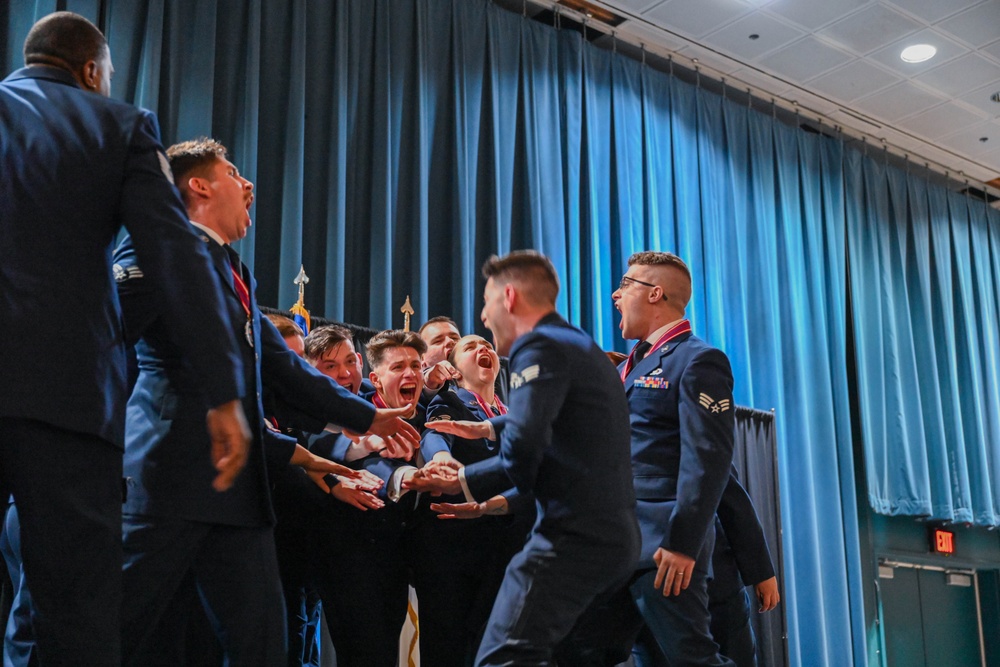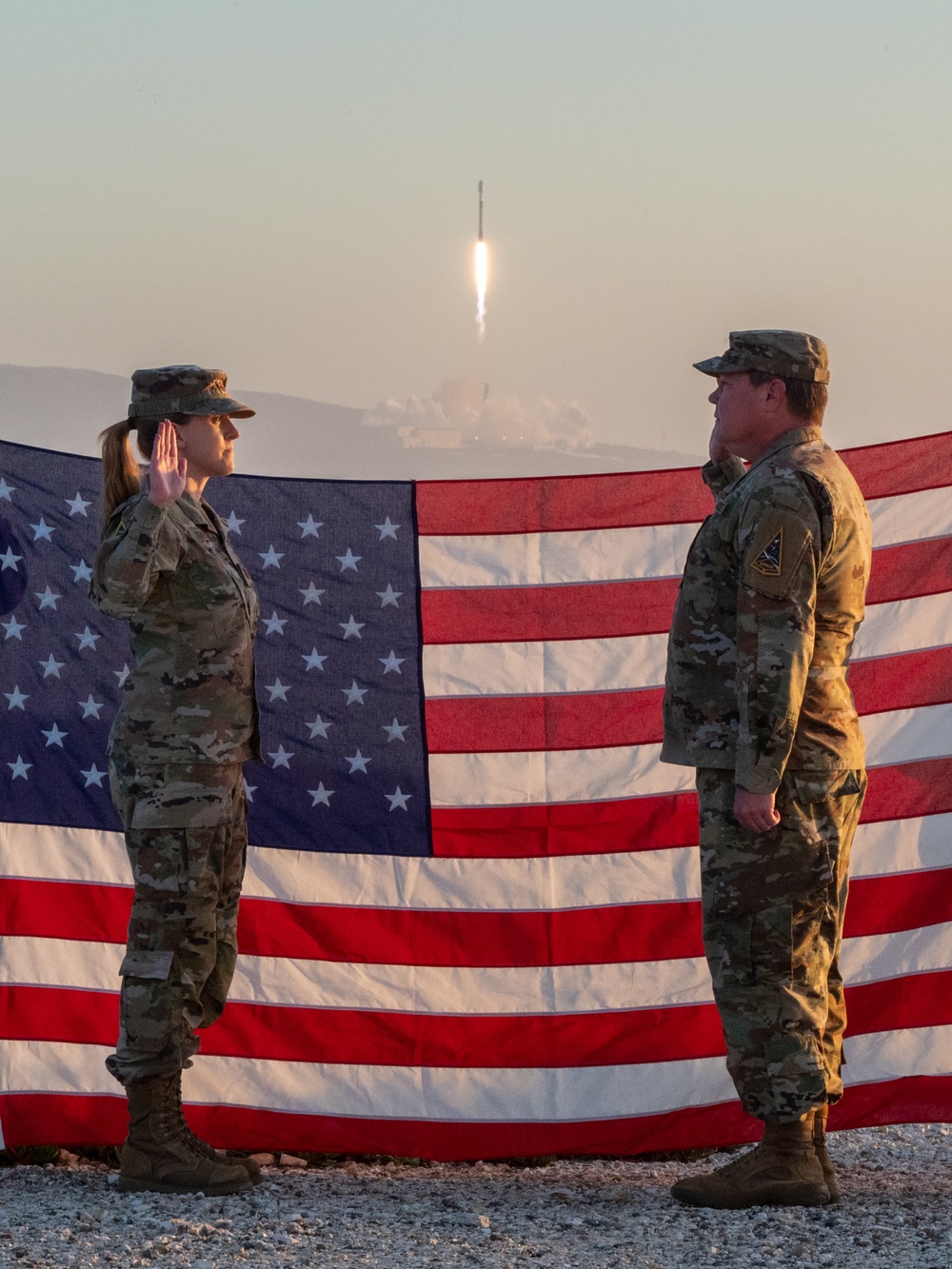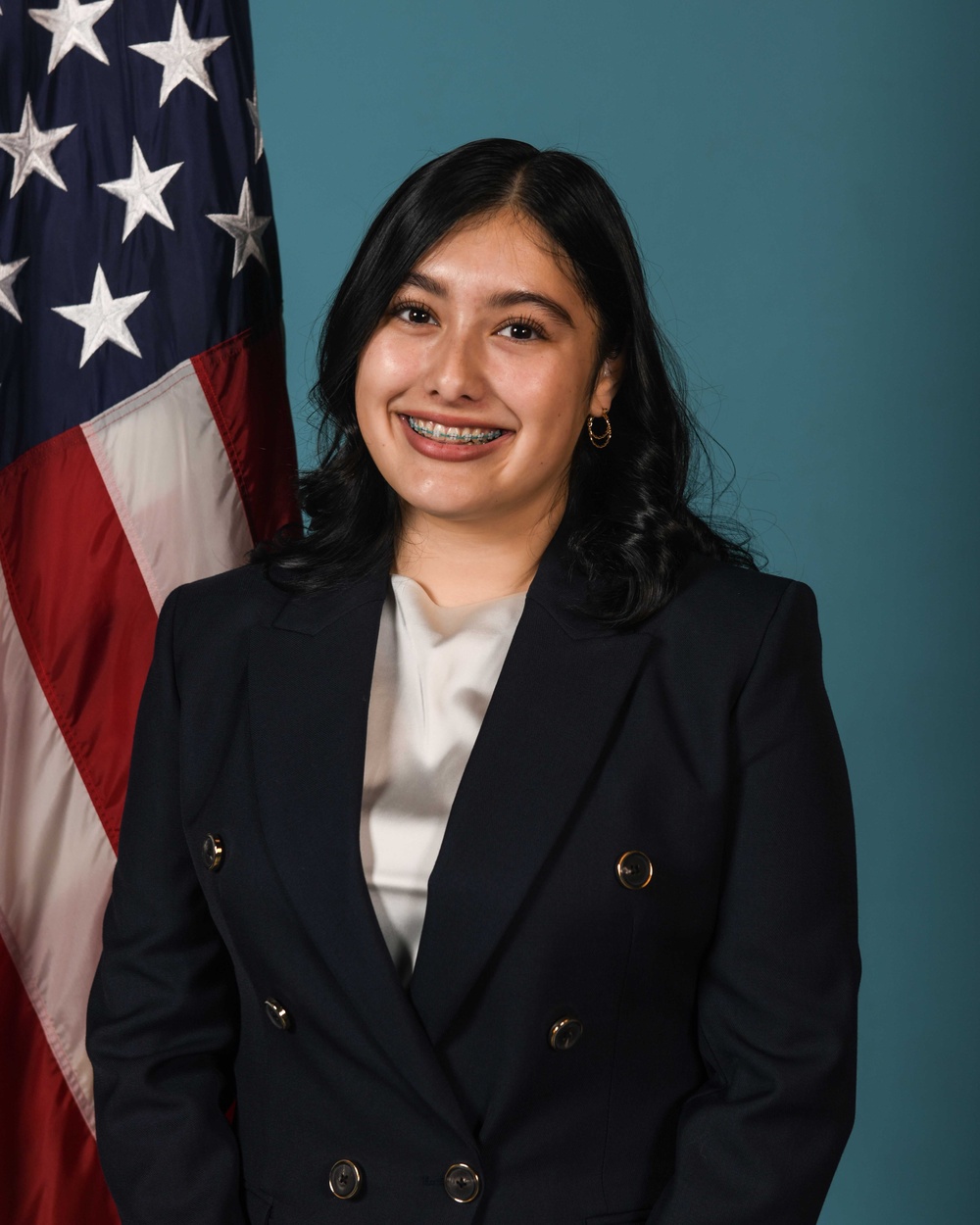DVIDS – News – Airmen and Marines conduct joint night recovery exercise in Djibouti
Airmen from the 82nd Expeditionary Rescue Squadron (ERQS), alongside medical professionals from the 10th Expeditionary Aeromedical Evacuation Flight (EAEF), and Marines from Marine Medium Tiltrotor Squadron 266 (VMM-266), conducted a full mission profile personnel recovery training scenario in Djibouti on December 7, 2024. The exercise focused on building interoperability, sharpening individual skills, and improving procedures for recovering and caring for isolated personnel.
The exercise challenged participants to apply insertion and extraction techniques over land during night operations in realistic conditions. By working together, the crews enhanced their ability to operate as a cohesive Personnel Recovery Task Force (PRTF). This collaboration also provided the regional Joint Personnel Recovery Center (rJPRC) an opportunity to refine fundamental skills throughout the phases of personnel recovery, ensuring all elements could respond effectively when called upon.
U.S. Air Force Master Sgt. Carlos Perry, an Aeromedical Evacuation Technician assigned to the 10th EAEF, volunteered to be the subject for recovery for this specific training. With four years of experience in his field, Perry has contributed significantly to making exercises like this as realistic and effective as possible.
“The extended training we go through allows us to have a more realistic approach to simulating an injured person for special operations personnel to do recovery for,” said Perry. “Being an Aeromedical Evacuation technician, we are familiar with both medical and aircrew aspects of operations. From evasion recovery steps, to providing a more accurate portrayal of injuries and treatments, we help improve care by offering an outside perspective.”
Perry played the role of a pilot who responded to an in-flight emergency, (IFE). After ejecting from his aircraft, he dislocated his shoulder, and later experienced a cardiac event. The pararescuemen rapidly strategized, coordinated with air assets, and executed the rescue under low-light conditions. Once they located Perry and stabilized his injuries and cardiac complications, they extracted him safely aboard an MV-22B Osprey where they could safely provide further medical care.
Providing medical care in low-light conditions within the confined space of the MV-22B Osprey, added complexity to the exercise and ensured participants could adapt to real-world operational environments.
Perry emphasized the importance of ensuring continuity in patient care. When each team understands care and transfer protocol, and communicates clearly at each stage of patient handoff, the patient has higher odds of making it to that next level of medical care.
“I have seen how honing these skills in training can mean the difference between life and death when the time comes to act,” Perry said. “The skills we practice ensure that every team member knows their role. That kind of preparation is vital because when it happens for real, there is no room for error.”
The team have collaborated extensively during exercise missions to prepare for potential contingencies. These exercises help foster trust and ensure readiness for real world operations.
U.S. Marine Corporal Philip Langreck, a MV-22B Crew Chief assigned to VMM-266, shared his thoughts on integrating with the sister service during these exercises:
“As a Marine, working with the Air Force provides great opportunities for cross training,” Langreck said. “We are able to share knowledge, identify successful practices for SAR operations, and develop new skills which can be applied in future tasking. When integrating with them, I have complete confidence in their professional judgement and capabilities.”
Pararescuemen, often referred to as “Guardian Angels,” are uniquely trained for personnel recovery, providing emergency medical care, including trauma care and prolonged field care, in austere environments, as well as for search and rescue (SAR) missions. Their responsibilities require exceptional physical, technical, and leadership skills.
The inclusion of medical professionals like Perry and the collaboration with MV-22B Osprey crews from VMM-266 underscores the complexity and importance of joint personnel recovery operations. Together, these teams ensure readiness for real-world contingencies, enhancing their ability to respond effectively and bring isolated personnel back safely.
“It’s important to not get complacent when things are going well in the world,” said a pararescueman assigned to the 82nd ERQS. “We are keeping our skills and minds sharp in order to be prepared when things go wrong.”
| Date Taken: | 01.07.2025 |
| Date Posted: | 01.07.2025 07:44 |
| Story ID: | 488736 |
| Location: | CAMP LEMONNIER, DJ |
| Web Views: | 52 |
| Downloads: | 0 |
PUBLIC DOMAIN
This work, Airmen and Marines conduct joint night recovery exercise in Djibouti, by SSgt Jana Somero, identified by DVIDS, must comply with the restrictions shown on https://www.dvidshub.net/about/copyright.


 Private Internet Access gives you unparalleled access to thousands
of next-gen servers in over 83 countries and each US state. Your
VPN experience will always be fast, smooth, and reliable.
Private Internet Access gives you unparalleled access to thousands
of next-gen servers in over 83 countries and each US state. Your
VPN experience will always be fast, smooth, and reliable.

